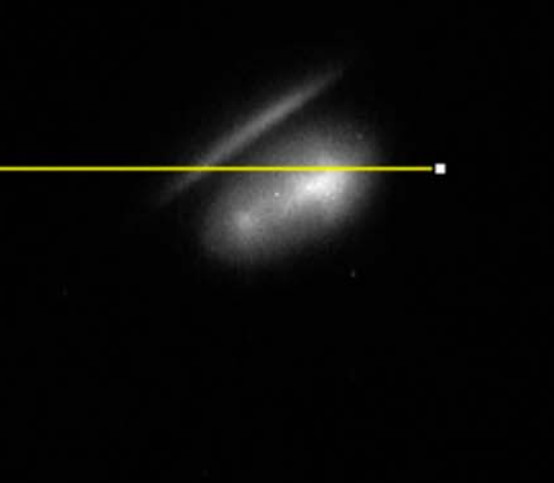Flash lamp-excited time-resolved fluorescence microscope suppresses autofluorescence in water concentrates to deliver an 11-fold increase in signal-to-noise ratio
Russell Connally,* Duncan Veal, and James PiperAbstract
t. The ubiquity of naturally fluorescing components (autofluorophores) encountered in most biological samples hinders the detection and identification of labeled targets through fluorescence-based techniques. Time-resolved fluorescence (TRF) is a technique by which the effects of autofluorescence are reduced by using specific fluorescent labels with long fluorescence lifetimes (compared with autofluorophores) in conjunction with time-gated detection. A time-resolved fluorescence microscope (TRFM) is described that is based on a standard epifluorescence microscope modified by the addition of a pulsed excitation source and an image-intensified time-gateable CCD camera. The choice of pulsed excitation source for TRFM has a large impact on the price and performance of the instrument. A flash lamp with rapid discharge characteristics was selected for our instrument because of the high spectral energy in the UV region and short pulse length. However, the flash output decayed with an approximate lifetime of 18 ms and the TRFM required a long-lived lanthanide chelate label to ensure that probe fluorescence was visible after decay of the flash plasma. We synthesized a recently reported fluorescent chelate (BHHCT) and conjugated it to a monoclonal antibody directed against the waterborne parasite Giardia lamblia. For a 600-nm bandpass filter set and a gate delay of 60 ms, the TRFM provided an 11.3-fold improvement in the signal-to-noise ratio (S/N) of labeled Giardia over background. A smaller gain in an SNR of 9.69-fold was achieved with a 420-nm longpass filter set; however, the final contrast ratio between labeled cyst and background was higher (11.3 versus 8.5). Despite the decay characteristics of the light pulse, flash lamps have many practical advantages compared with optical chopper wheels and modulated lasers for applications in TRFM. © 2004 Society of Photo-Optical Instrumentation Engineers. [DOI: 10.1117/1.1756594]



